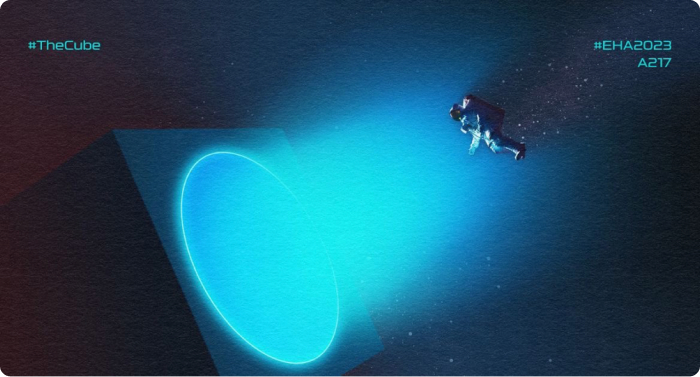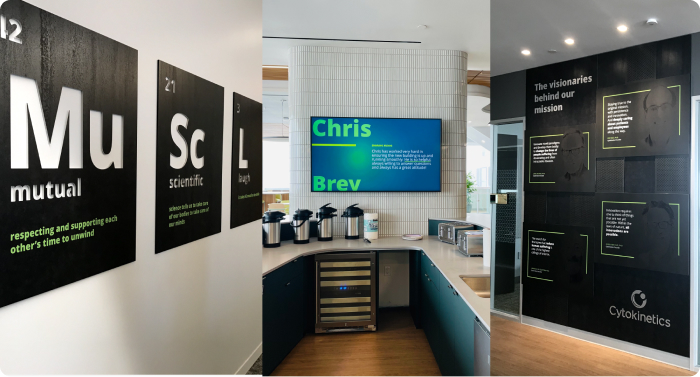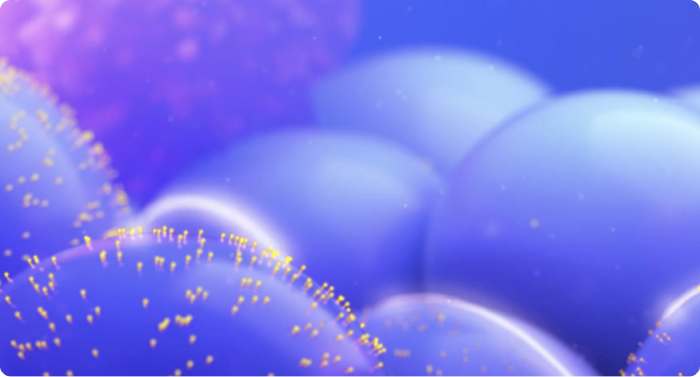Understanding the context
Loneliness is a subjective and distressing experience that results from perceived isolation or inadequate meaningful connection. Research increasingly shows that loneliness is a complex state that isn’t simply remedied by increasing the frequency of social contact.2 In a 2023 report, the U.S. Surgeon General highlighted the profound health implications of loneliness, citing it as a critical public health concern.3
Although loneliness is a universal human experience, a significant gap exists in understanding what it is and when it becomes an issue. Since 2016, FAH’s Project UnLonely has been on a mission to destigmatize loneliness, demystify its chronic effects and offer science-based, actionable steps through creative expression to address them.4














